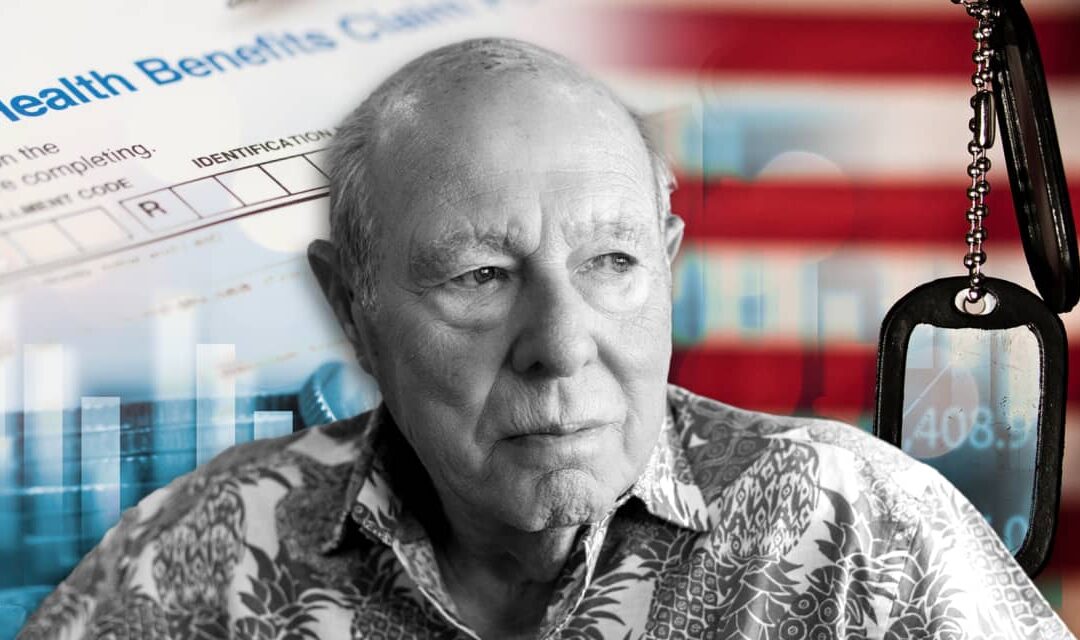Dear MarketWatch,
I wish there was more written about how to reconcile between Veteran Affairs disability benefits and Social Security Disability Income.
For example, the Social Security Administration is going to sign me up for Medicare as a result of coming to the two-year point of my disability determination.
Nobody ever told me or nowhere have I seen it written that to get a Medigap supplement at 63 is far more expensive than trying to get it at 65.
I have paused my search for supplement coverage in the hope that something appears that helps me in my decision. Can you help?
See: I have about $3 million in pension and savings. Should I claim Social Security earlier than 70?
Have a question about your own retirement savings? Email us at HelpMeRetire@marketwatch.com
Dear Reader,
I’m sorry it’s been such a headache for you to make sense of these benefits. It’s a complicated system!
Having access to Medicare is already a huge win. The extra coverage under Part A can go a long way, since it means you’ll still have insurance protection in the event you have to go to a hospital that isn’t VA-approved. The same is true for Part B, which covers doctor and outpatient care, and Part D, which is used for prescription drugs. The latter is especially useful should you need medicine from non-VA doctors or want to get your prescriptions from a local pharmacy as opposed to a mail-order service.
Keep in mind, the two can’t pay for the same services the other pays for — so you’ll have to choose which insurance pays for what — but if one insurance doesn’t pick up the entire tab for a service, the other may step in.
Failing to enroll in Part B and Part D plans during the initial enrollment period could result in penalties should you decide to enroll in them later in life. You would also likely have to pay a premium for Part B and Part D coverage, though there may be possibilities to reduce those costs.
For example, if you want more than what Original Medicare offers, you can look into Medicare Advantage plans. Some of those plans even pay for part of your Medicare Part B as part of a “giveback benefit.” It will reduce, or completely pay for, your monthly premium.
Also see: I’m 56 and have $3.4 million in assets. I’m semi-retired, but my spouse, 64, has no savings. How do we move forward?
Tricare, the insurance program available to veterans and military members, is another option. In order to remain eligible for this insurance, you’d have to have Medicare Part B coverage. You can access more information about Tricare and its eligibility requirements from the program’s website. If you have Medicare Parts A and B, you would be better off getting care for non-service related conditions outside of VA facilities to avoid out-of-pocket expenses, the agency said.
Just keep the Department of Veterans Affairs aware of your coverage along the way. If you had a private health-insurance provider who paid for non-service-connected care, the VA might be able to use those funds to pay for some or all of your VA copayment, or your VA health-care costs could go toward your private insurer’s annual deductible. You should also keep your doctors or medical facilities aware of your coverage, so that the offices could help coordinate the best use of your benefits.
The Department of Veterans Affairs may be able to help you further. You could go to a local VA medical facility or call the department at 1-877-222-8387.
Readers: Do you have suggestions for this reader? Add them in the comments below.
Have a question about your own retirement savings? Email us at HelpMeRetire@marketwatch.com








